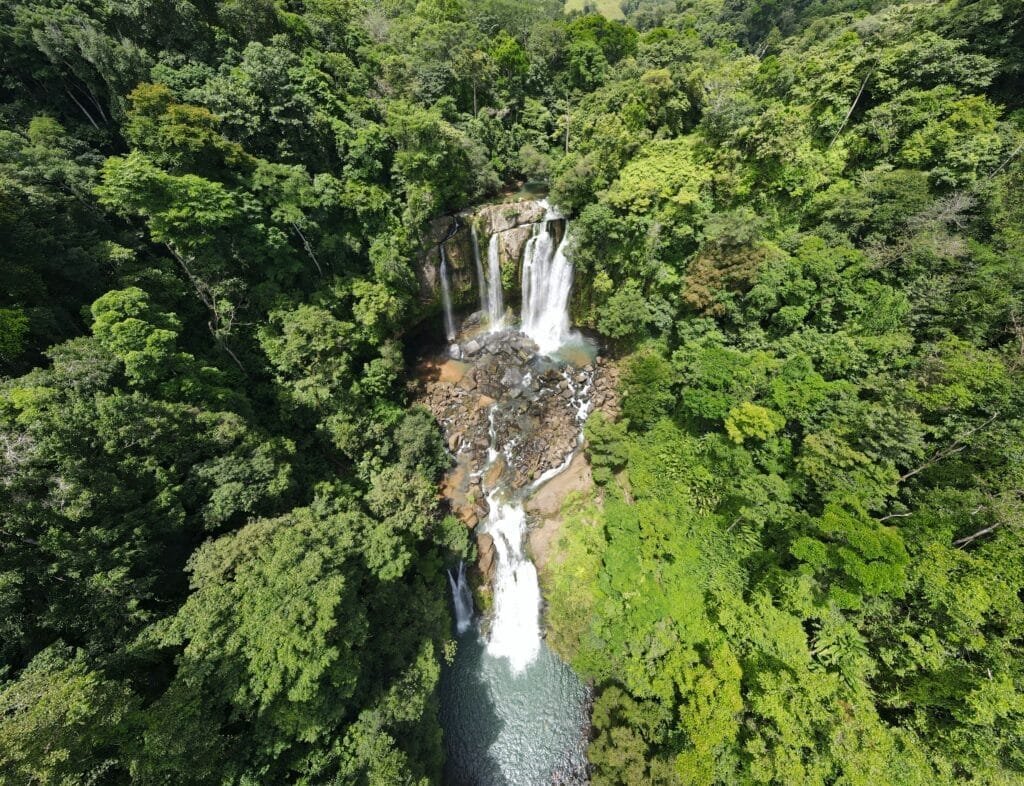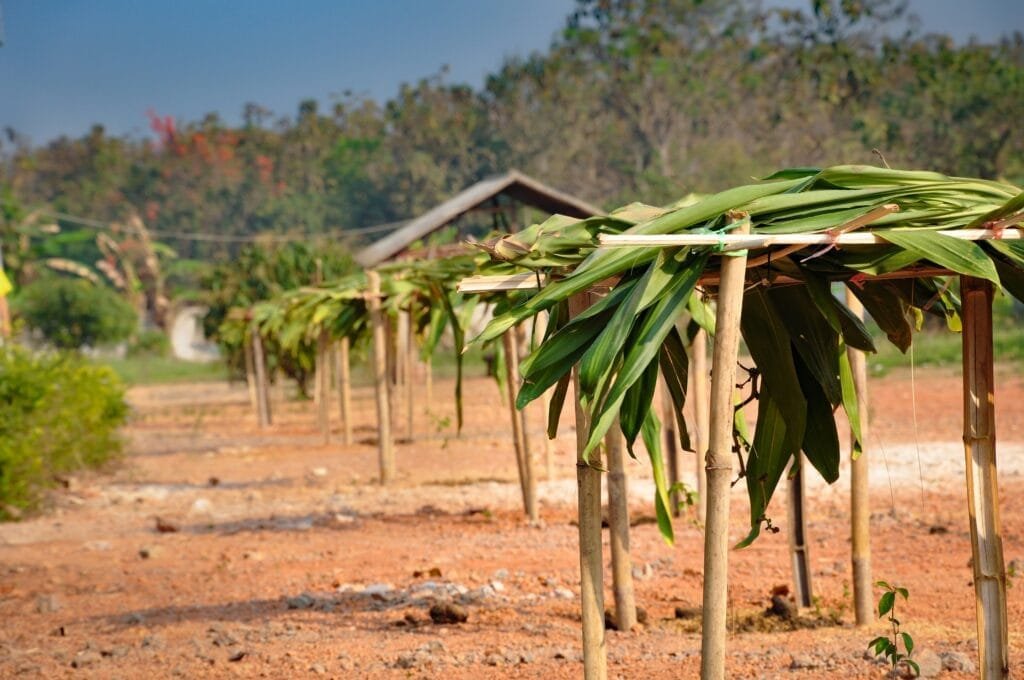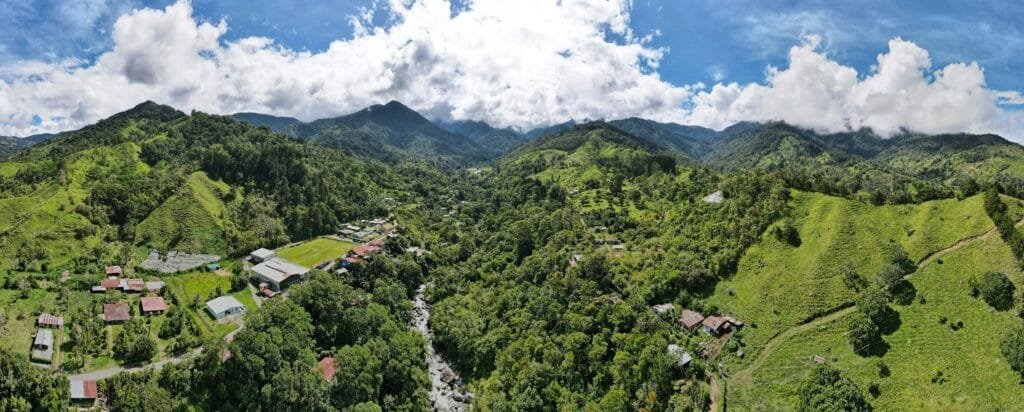Is it possible to travel mindfully while connecting with nature in unexpected ways? This question serves as the cornerstone for exploring an evolving travel philosophy that focuses on experiencing the environment thoughtfully and conscientiously. Individuals are rethinking their travel habits in unprecedented and innovative ways, prompted by a heightened collective awareness of environmental sustainability and a desire for deeper, more enriching connections with nature. Mindful travel is more than a trend—it’s a lifestyle choice that invites travelers to engage with the world in a more profound, meaningful way.

Table of Contents
The Evolution of Mindful Travel
Travel has always been an intrinsic part of human culture, connecting people, cultures, and places in myriad ways. However, traditional travel has often been characterized by passive consumption of landscapes and cultures, leaving significant footprints on natural resources and local communities. With the world becoming more aware of ecological and cultural impacts, a new wave of mindful travel is emerging.
Historical Perspectives on Travel
Historically, the concept of exploration has driven individuals to the farthest corners of the globe. The allure of distant lands and the promise of exotic experiences have long been hallmarks of travel. However, as global awareness of environmental degradation and cultural insensitivity increased, so too did the desire for more thoughtful travel experiences.
The Rise of Environmental Awareness
Environmental consciousness took root in popular culture in the late 20th century, coinciding with growing concerns about the planet’s health. The subsequent advocacy for sustainable tourism laid the groundwork for what’s now known as mindful travel. This movement encourages travelers to consider their environmental impact and actively participate in preserving natural landscapes and respecting local communities.
Key Concepts of Mindful Travel
Mindful travel is distinguished by its emphasis on intentionality and awareness. By fostering a conscious approach to travel, individuals can form genuine connections with nature and cultures. Here are the main concepts that form the foundation of mindful travel:
Intentionality in Travel
At its core, mindful travel is an intentional act. Travelers are encouraged to plan their journeys with purposeful goals, whether seeking personal growth, environmental preservation, or cultural immersion. This intentionality fosters meaningful interactions with nature and the people who inhabit it.
Respect for Local Cultures
One of the pillars of mindful travel is cultural respect. Travelers should aim to understand and appreciate the traditions, languages, and customs of the places they visit, contributing positively to local economies and communities.
Sustainability as a Priority
Mindful travel places a strong emphasis on reducing environmental footprints. This can be achieved by choosing eco-friendly modes of transport, sustainable accommodations, and participating in conservation efforts wherever possible.

Engaging with Nature: Unexpected Ways
Connecting with nature need not be confined to traditional hiking trails or national parks. There are myriad ways to engage with the natural world that provide both tranquility and a sense of wonder.
Urban Parks and Green Spaces
Even within bustling cities, green spaces like urban parks, botanical gardens, and nature reserves offer a slice of tranquility where individuals can pause and appreciate the natural world. These areas are often meticulously maintained to preserve native flora and provide habitats for local fauna.
Volunteer Opportunities
For those seeking deeper engagement, volunteering with environmental organizations can provide rewarding experiences. Activities such as tree planting, wildlife conservation projects, or beach cleanup initiatives offer a hands-on approach to preserving the environment.
Ecotherapy and Wellness Tourism
Ecotherapy, or nature therapy, is gaining traction as a way to enhance mental and physical well-being by immersing oneself in nature. Mindfulness retreats and wellness tourism options—often situated in serene, natural settings—offer structured opportunities to reconnect with the environment.
Step-by-Step Guide to Planning a Mindful Trip
Planning a trip with mindful intentions involves several distinct steps, ensuring both personal fulfillment and minimal environmental impact.
Step 1: Research and Destination Selection
Choose destinations that align with your values and interests, prioritizing places known for their sustainable practices or natural beauty. Investigate local environmental issues and consider how tourism might impact these areas.
Step 2: Mode of Transport
Consider transportation options with the least environmental impact. Trains and buses are often more eco-friendly than air travel and can offer scenic routes that enhance the travel experience.
Step 3: Accommodation Choices
Opt for accommodations that prioritize sustainability. Many hotels and guesthouses are certified for eco-friendly practices, such as using renewable energy or supporting local conservation efforts.
Step 4: Packing Mindfully
Pack light and eco-friendly. A minimalist packing approach reduces weight, which, in turn, lowers fuel consumption on all forms of transport. Bringing reusable water bottles, shopping bags, and toiletry containers is also recommended.
Step 5: Engaging Locally
When you arrive at your destination, make an effort to support local businesses, join guided tours led by residents, and partake in cultural activities. These actions help sustain the local economy and foster respectful intercultural exchanges.
Step 6: Reflecting and Sharing
After your journey, take time to reflect on your experience and share insights with others. Personal narratives and photographs may inspire friends and family to embark on their own mindful travels.

Visual Tools for Mindful Travel
Incorporating visuals can dramatically enhance understanding and engagement with mindful travel practices.
Infographics and Videos
Infographics related to eco-friendly travel tips or sustainability stats can convey complex information quickly. Moreover, short documentaries or YouTube vloggers who focus on sustainable travel can serve as valuable resources.
Case Studies of Mindful Travel
Examining how others have implemented mindful travel practices can offer inspiring ideas and strategies.
Real-World Success: The Story of a Conscientious Traveler
Consider the case of a traveler who spent a month in Bali, integrating themselves into the local culture while minimizing environmental impact. By volunteering with a marine conservation project, the traveler not only supported the ecosystem but also forged meaningful connections with local people devoted to environmental stewardship.
Comparing Travel Choices
A comparison of different travel approaches—such as the ecological impacts of flying versus taking a train—can illuminate the benefits of mindful travel. A table format can succinctly list pros, cons, costs, and environmental impacts to inform decision-making.
| Mode of Transport | Environmental Impact | Cost | Duration | Overall Experience |
|---|---|---|---|---|
| Air Travel | High | $$$ | Short | Convenient |
| Train | Medium | $$ | Moderate | Scenic |
| Bus | Low | $ | Long | Immersive |
Overcoming Challenges in Mindful Travel
Even seasoned mindful travelers can encounter challenges. Being prepared with strategies to overcome these obstacles can ensure a rewarding experience.
Limited Accessibility
If travel constraints limit options, seek local experiences that offer similar benefits. Nature trails, community gardens, or cultural events can provide meaningful interactions close to home.
Balancing Comfort and Sustainability
Choosing sustainability need not mean sacrificing comfort. Many eco-friendly accommodations and services offer luxurious, comfortable experiences without compromising environmental principles.

The Broader Impact of Mindful Travel
Mindful travel extends beyond individual experiences, contributing significantly to global sustainability efforts.
Community and Environmental Benefits
By supporting local economies and promoting environmentally responsible practices, mindful travel fosters community resilience and environmental conservation.
Future Trends in Mindful Travel
As technologies advance and societal values shift, the landscape of mindful travel will continue to evolve. Innovations such as carbon offset programs and the development of green technology in tourism promise new ways to minimize impacts and enhance connections.
Conclusion: Embracing Mindful Travel
Mindful travel offers an enriching way to experience the world while fostering respect for nature and culture. Travelers who embrace this approach can transform their journeys into opportunities for personal growth and global impact. As questions arise about the future of travel, embedding mindful practices ensures that exploration remains a force for good.
Readers are encouraged to share their mindful travel experiences and challenges. Understanding diverse journeys can enrich the collective knowledge, providing insights into advanced sustainable travel tips.

Additional Resources
For those eager to deepen their understanding of mindful travel, explore related content such as “Sustainable Practices in Tourism” and “Connecting with Nature: A Beginner’s Guide.” These resources provide practical tips and inspire further exploration of sustainable travel options.
